Daya Bay emphases on nurturing a safety culture to ensure safe operation. Over the years, well-established management system has been put in place including the following:
A continual training is required to uphold the high nuclear safety standards. Daya Bay requires about 600 staff for its operation. Albeit 80% staff are graduates, all staff must undergo stringent training on nuclear safety. The staff competence is ensuring through:
In addition, International and local contractors engaged to work on station projects and refuelling overhauls are also subject to stringent training in line with international practice.
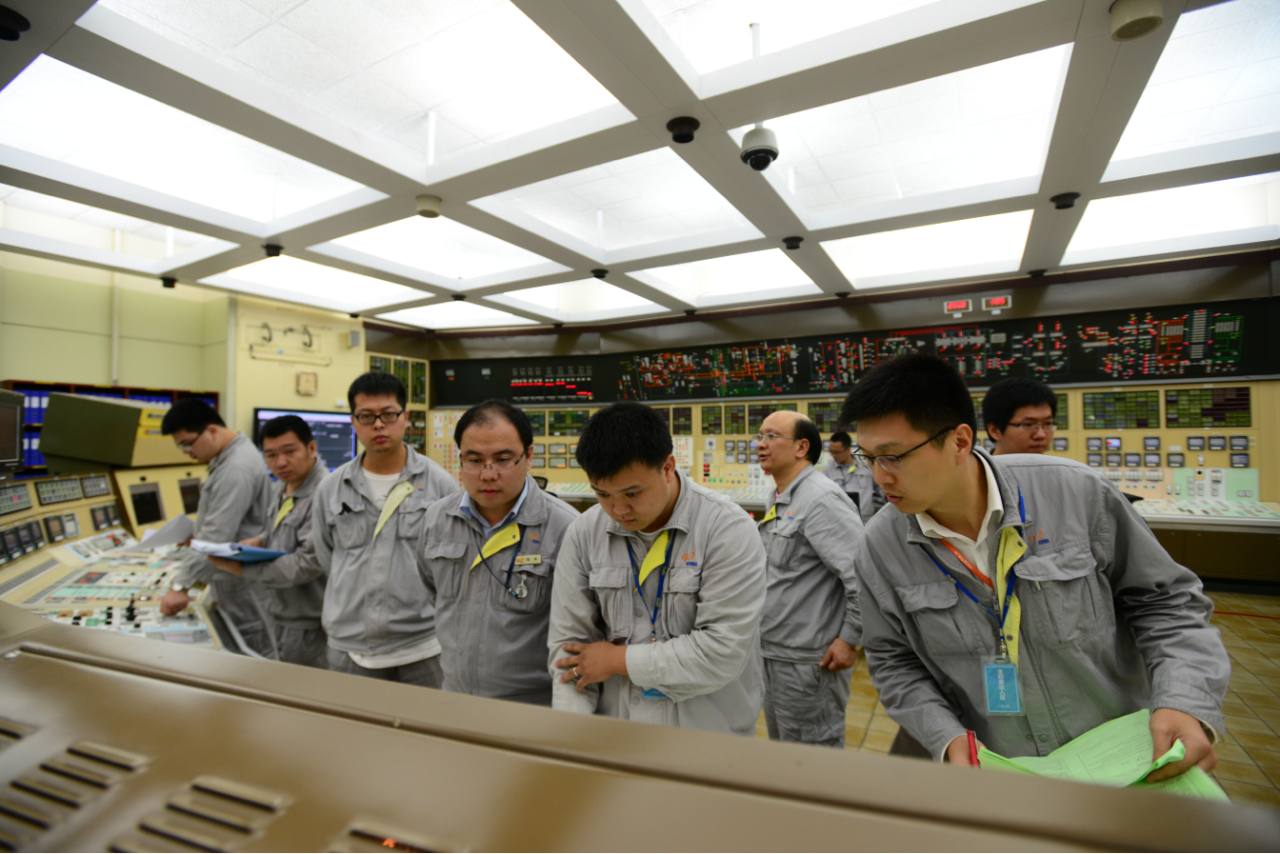
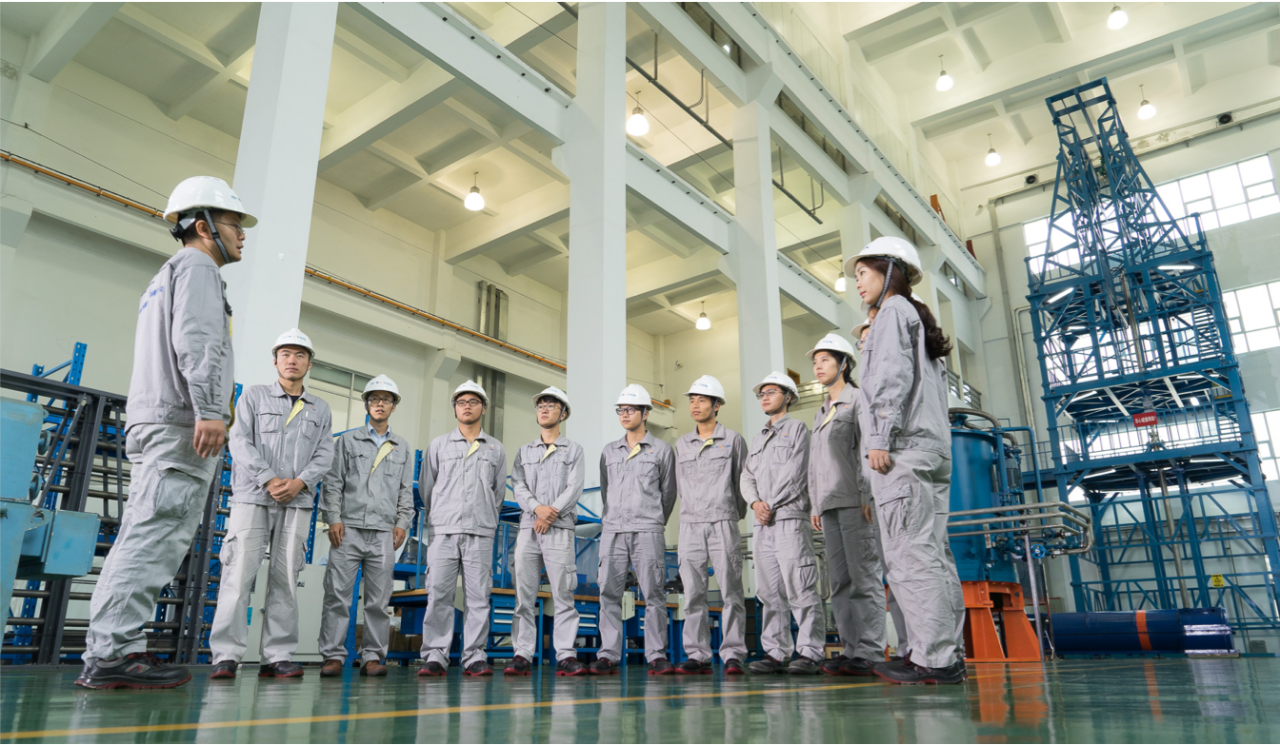
This commitment to safety is supported by the professionalism of the management itself and by the independent assurance process at the station.
Keeping Safe Operations
In addition to a safe and reliable design, experienced qualified operators, and efficient work organisation, stringent procedures play a key role of ensuring safety. A “STAR” (Stop; Think; Action; Review) behaviour is promoted for all processes which conforms to national and international protocol and covers:
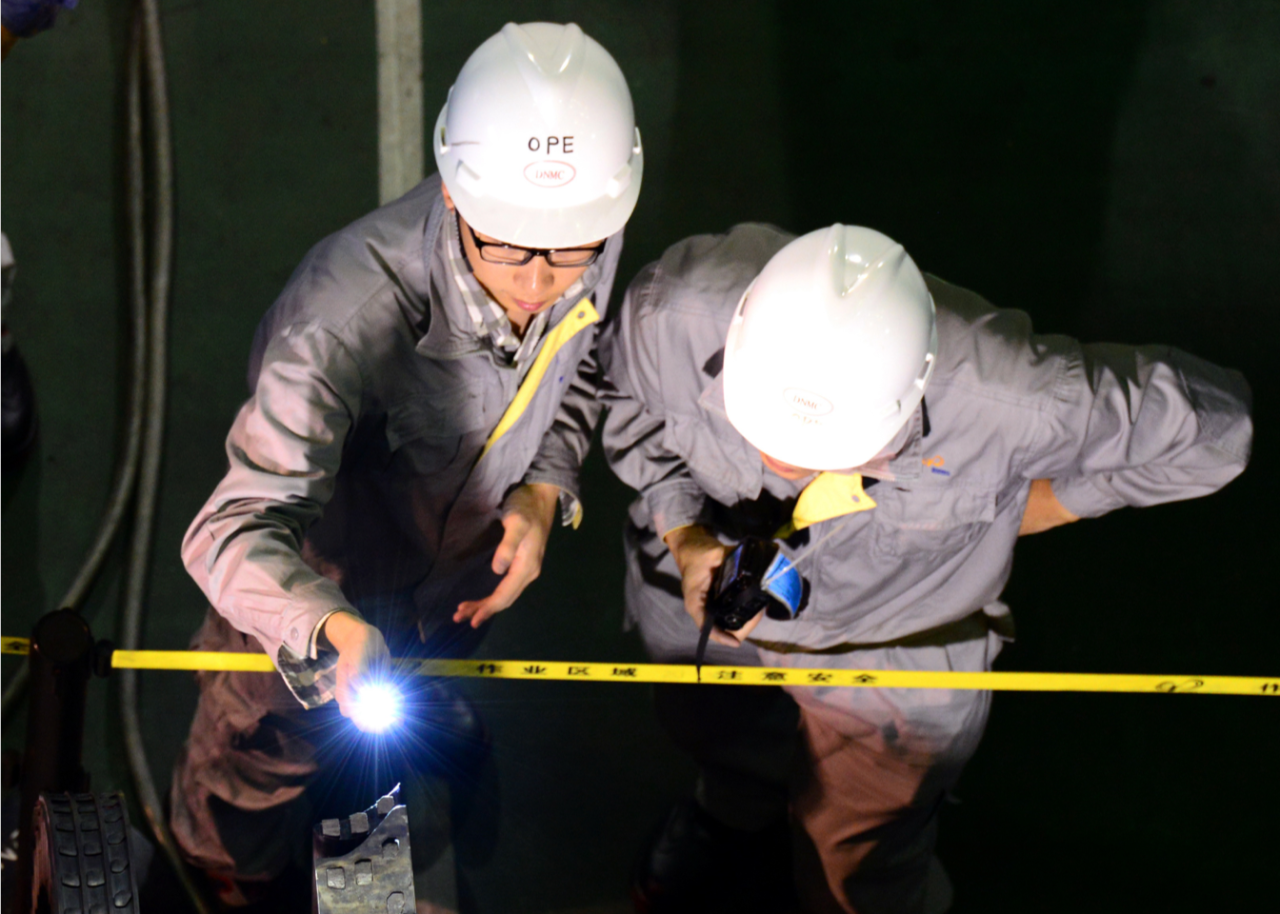
Planning and controlling work activities
Perform tasks by well trained and licensed personnel
Adopt international operation and maintenance methodology
Standardise feedback process for normal & emergency situations
Uphold documentation in compliance with standards
Regulatory oversight of operations and related incidents
International Exchange
Daya Bay liaises with the international nuclear community on a regular basis. Teams of experts from the International Atomic Energy Agency are invited to visit the power station regularly to review operational safety against international best practice and to share operational experience. Experts from the World Association of Nuclear Operators also visit regularly to conduct reviews, exchanges, workshops and seminars.
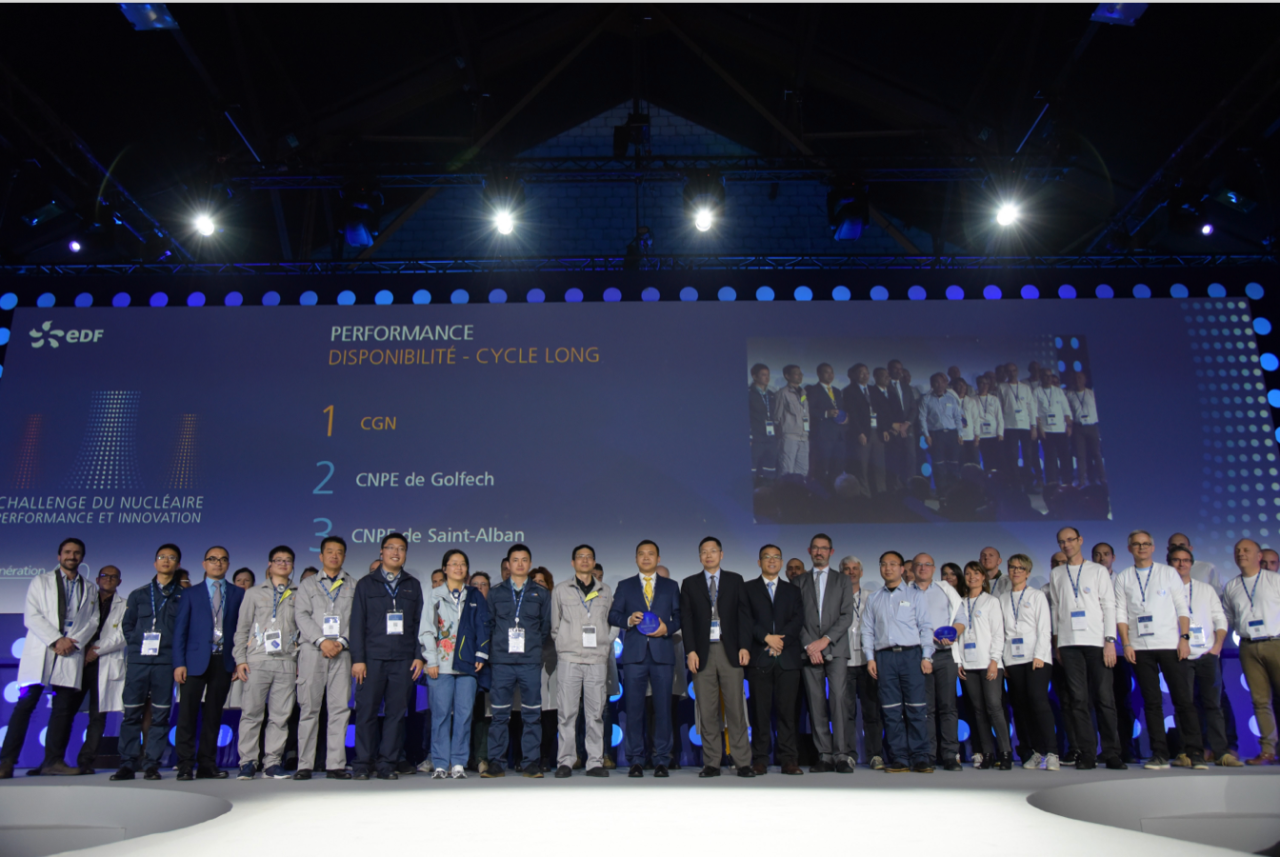
Even the risk of a major nuclear incident affecting the public is very low, thorough planning for an emergency situation is a very important aspect of nuclear safety. Daya Bay has adopted the International Atomic Energy Agency’s four-category system for classifying nuclear emergencies.
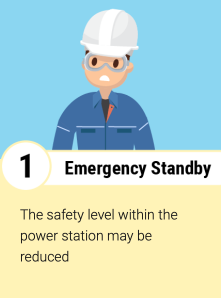

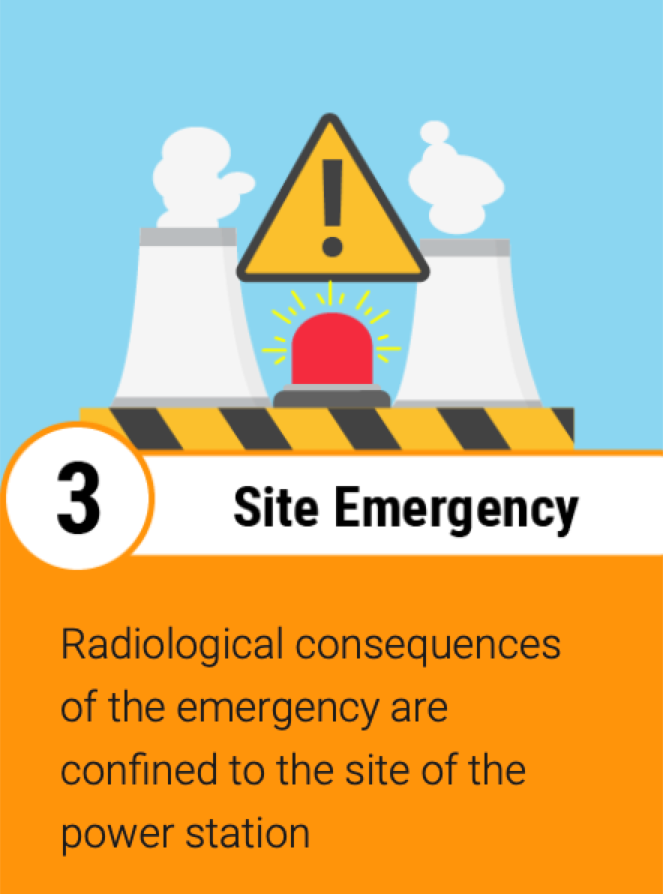
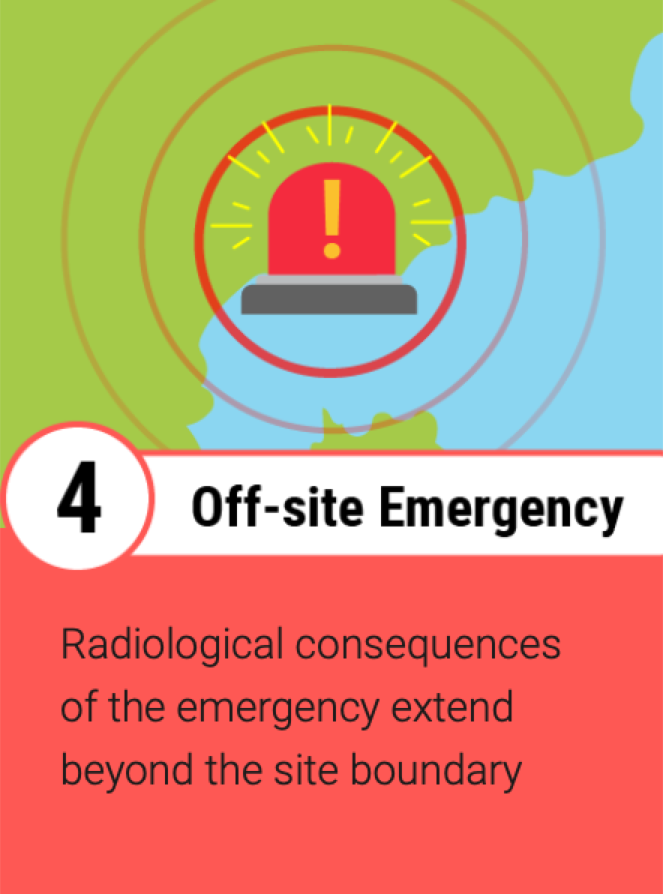
Emergency Preparedness at Daya Bay Site
Besides Daya Bay regularly provides training and holds emergency exercises within the site and jointly with Guangdong authorities:
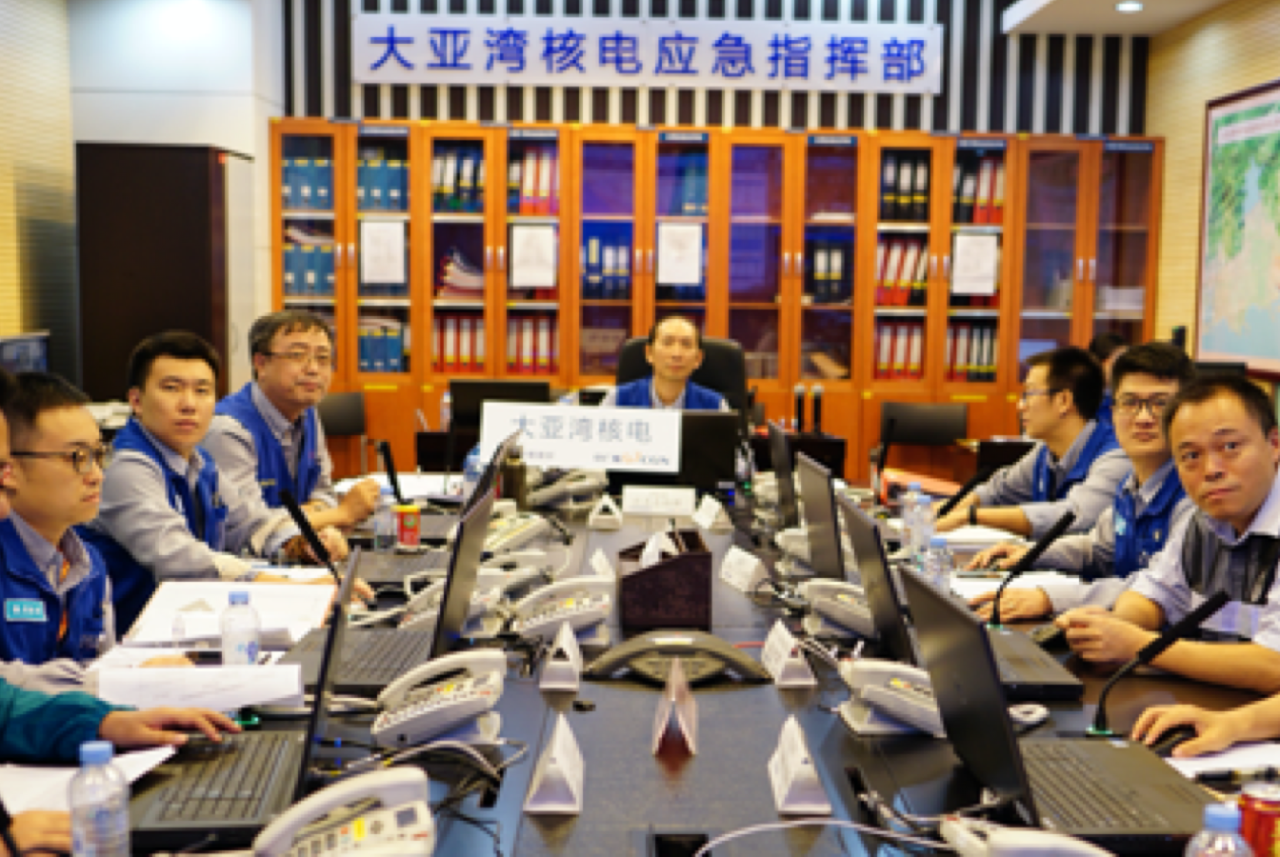
The emergency planning zone is the area around a nuclear power station for which measures are drawn up to deal with an emergency. The measures consist of plans for evacuation, sheltering, and the control of drinking water and food. Daya Bay is in line with French practice:
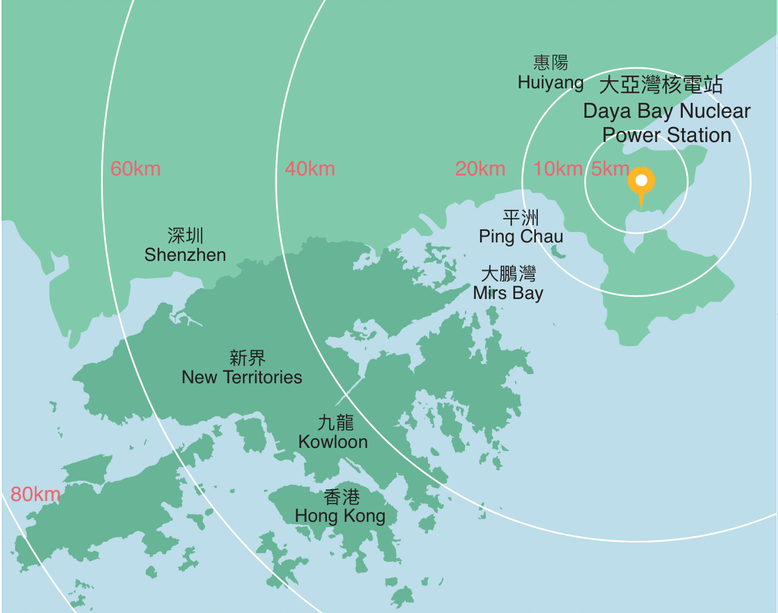
Consistent and Prompt Communication
China as a member state of the International Atomic Energy Agency (IAEA) has adopted the International Nuclear and Radiological Event Scale (INES) in reporting Licensing Operational Events (LOEs) identified in all mainland nuclear power stations. This is an internationally recognised standard that help the public, media and the nuclear community to understand the significance of nuclear events.
When a non-emergency LOE (INES level 0, 1 or 2 of a non-emergency nature) occurs at the Daya Bay site, Daya Bay Nuclear Power Operations and Management Company (DNMC) will publish the non-emergency LOEs through its website within two working days or 72 hours after an event being confirmed. HKNIC website will further publish those of Daya Bay within two working days or 72 hours after an event being confirmed.
If an emergency event (generally INES Level 2 or above) is identified, Daya Bay will activate an “Emergency Response Command Centre” which will take lead in on-site emergency response, and report to relevant government authorities, which will in turn, notify the Hong Kong SAR Government and provide relevant information.
The Chinese authorities would also meet their obligation under the International Atomic Energy Agency Convention on Early Notification of a Nuclear Accident and inform the Agency and neighbouring states.
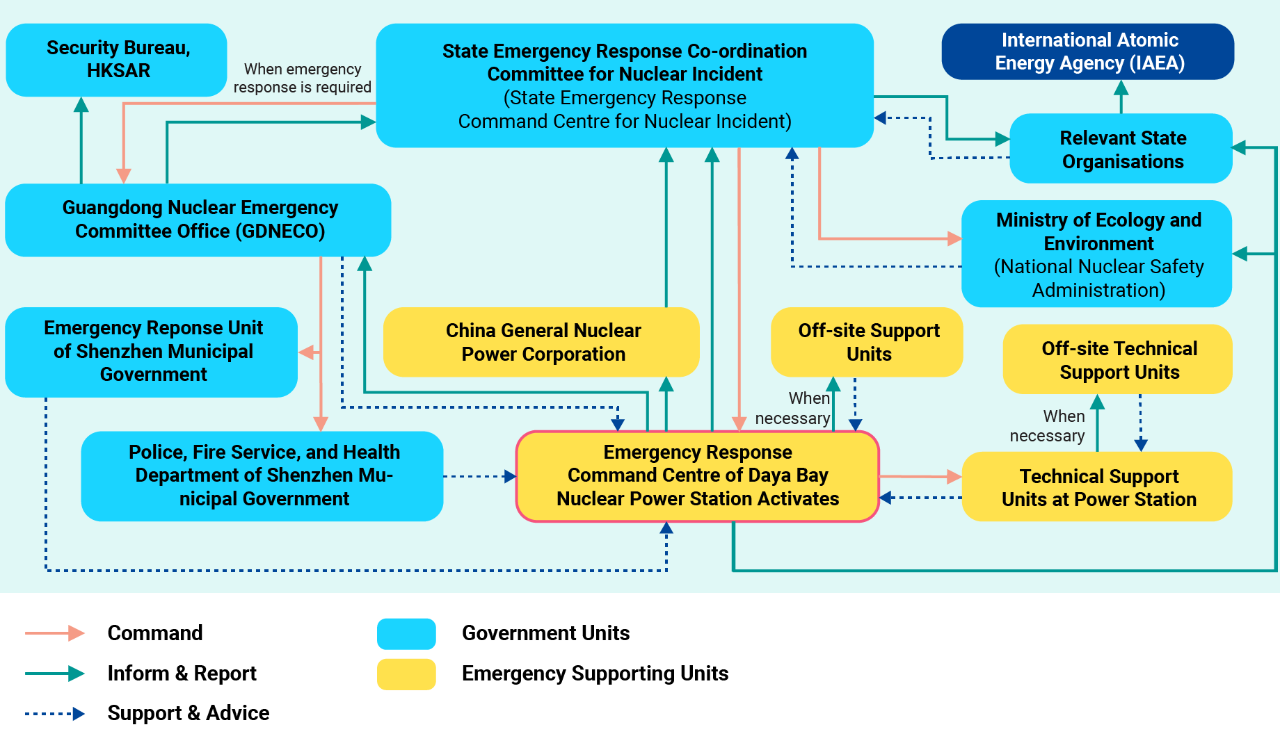
Contingency Planning for Hong Kong

20 km - Evacuation, sheltering or the use of stable iodine
85 km -Food and water monitored for contamination
Inform Hong Kong Citizens
Monitoring water and food from the mainland
Regular monitoring of ambient gamma radiation levels
Radiological scanning of people entering HK from the mainland
To learn more about the DBCP, please visit here
Emergency Notification and Monitoring
Should an emergency occur, Daya Bay will timely inform the authorities. On making an emergency declaration, the Guangdong emergency response organisation would inform the Hong Kong SAR Government and provide relevant information.
The Hong Kong Observatory continuously monitor the Hong Kong ambient gamma radiation level throughout 12 field stations. In case of any significant increases in the level, a quick assessment with additional mobile measurements would be reported to emergency response center.
The public would be kept fully informed and advised on any appropriate action through radio, television, and press announcements. The Hong Kong government would take radiation checks on people entering Hong Kong; conduct the evacuation of Ping Chau together with the seas surrounding it in Mirs Bay; as well as providing required assistance to safeguard the community.
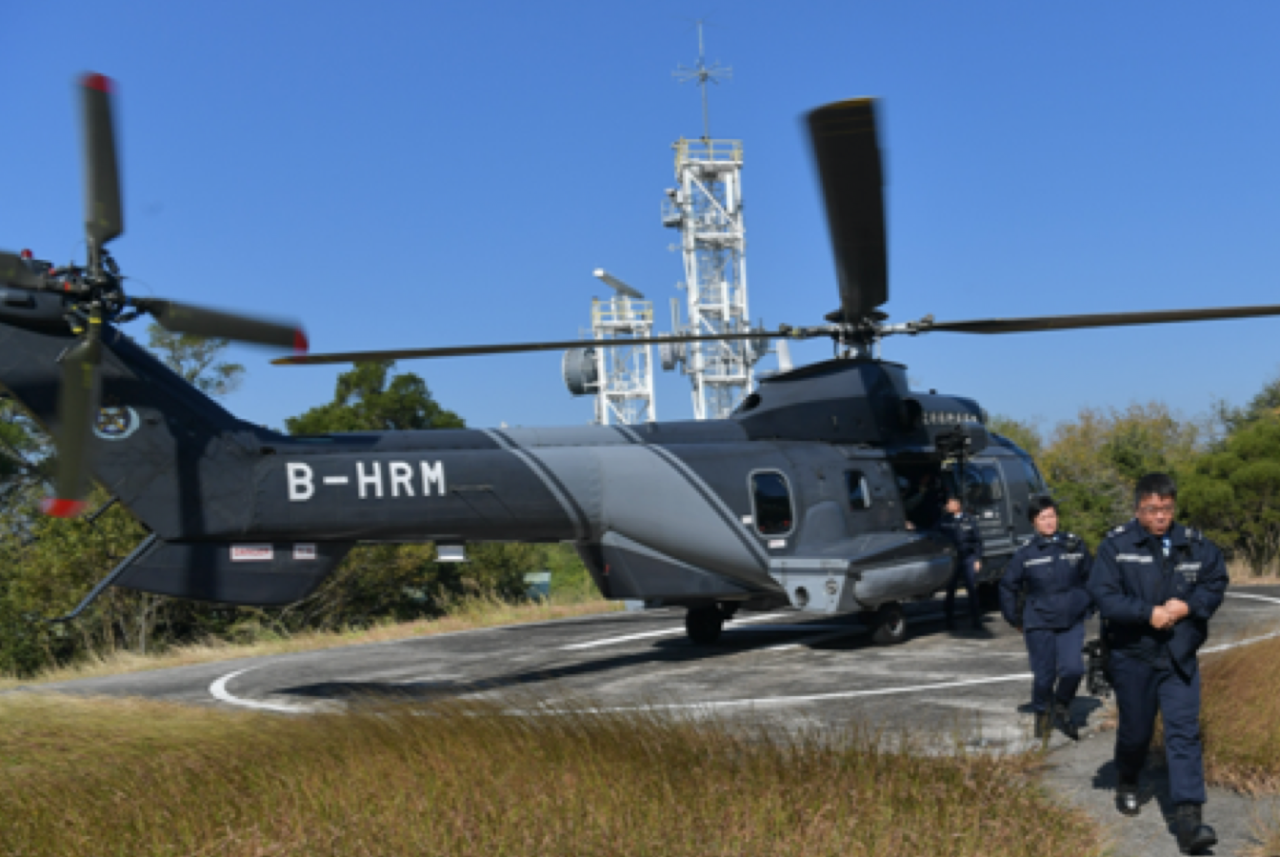
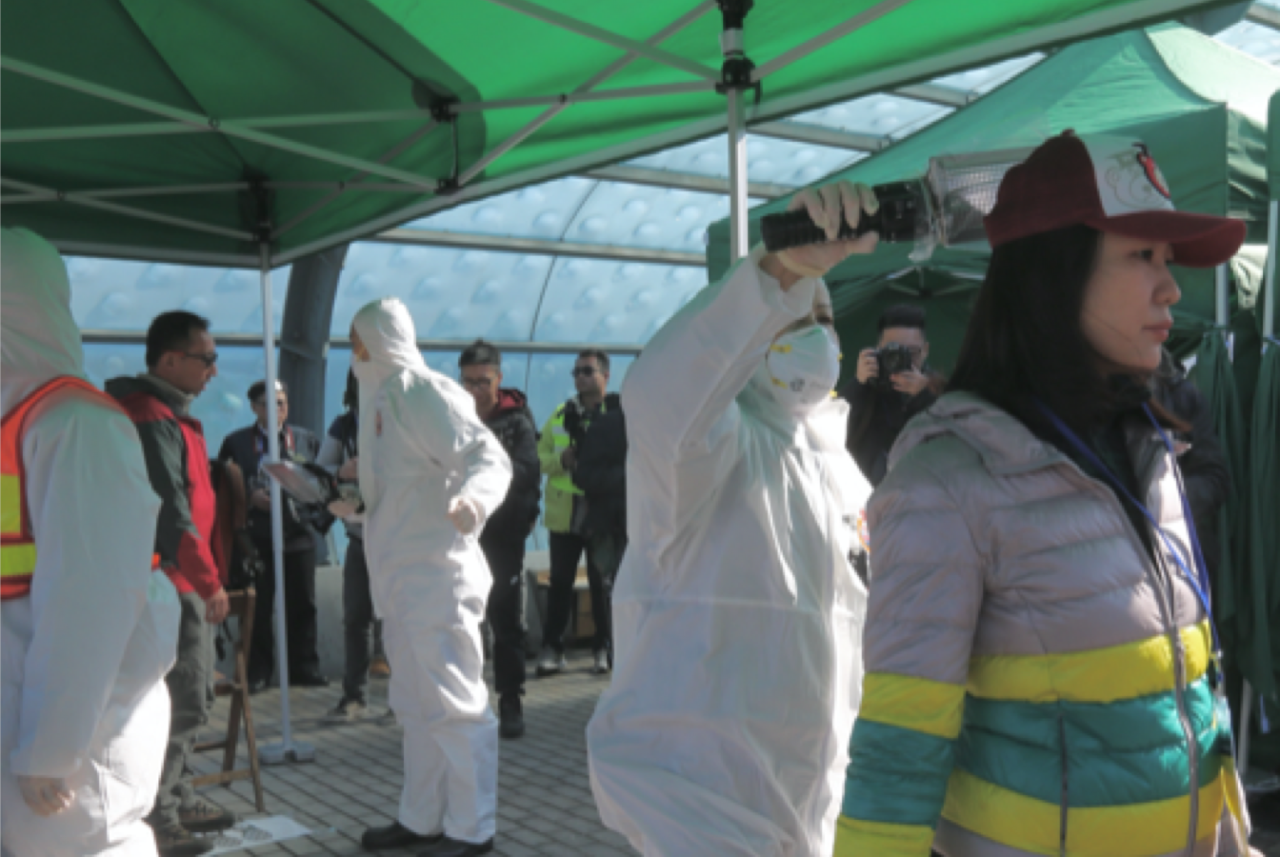
Read More About Daya Bay